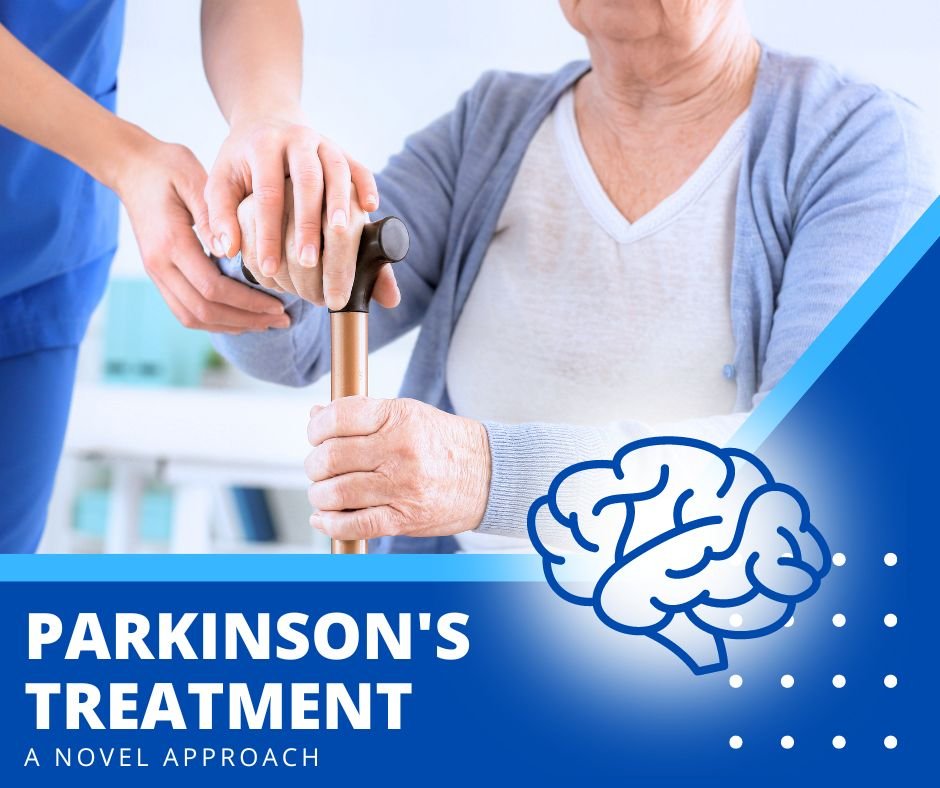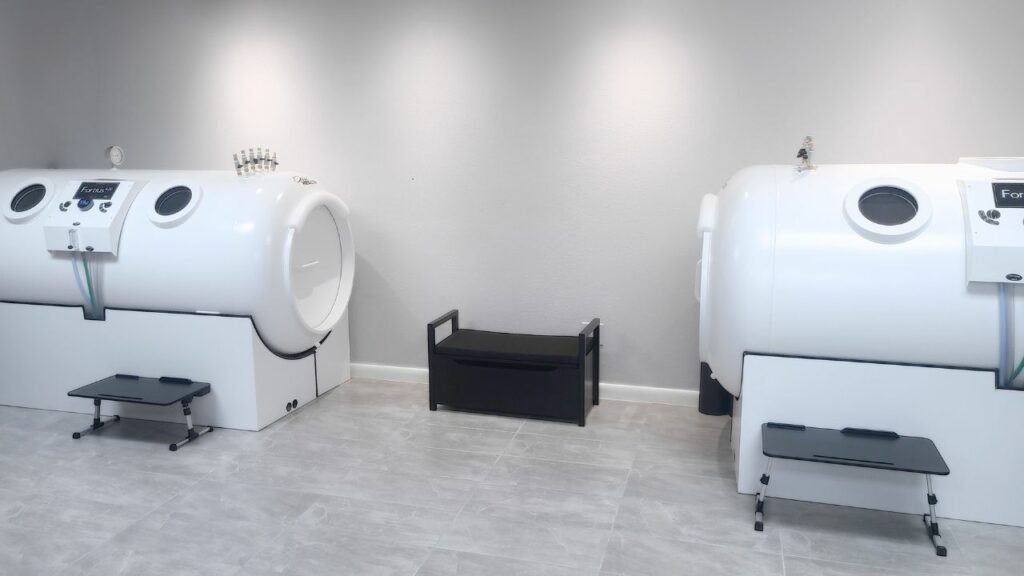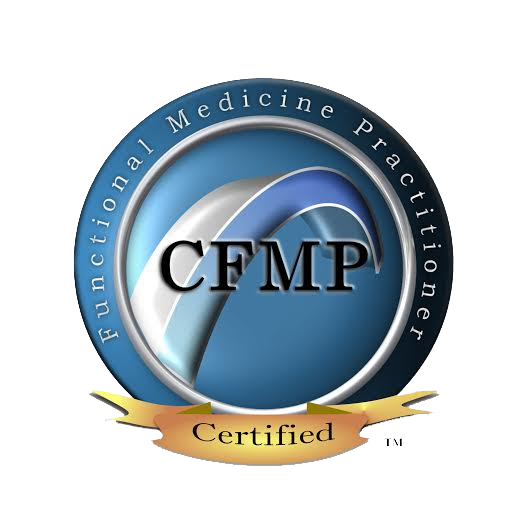
Research is shining light on an old therapy that is now a new Parkinson’s treatment. Parkinson’s disease is a progressive neurological disorder that affects millions of people worldwide. It is characterized by tremors, stiffness, and difficulty with movement and coordination. While there is currently no cure for Parkinson’s disease, there are various treatments available to manage symptoms and improve quality of life.
However, a new and innovative approach to treating Parkinson’s disease has emerged in recent years. Offering hope to those living with this debilitating condition. In this article, we will explore this revolutionary treatment for Parkinson’s disease and its potential to change the lives of patients.
Understanding Parkinson’s Disease
Before we dive into the new treatment, let’s first understand what Parkinson’s disease is and how it affects the body.
What Causes Parkinson’s Disease?
Parkinson’s disease is caused by the loss of dopamine-producing cells in the brain. Dopamine is a neurotransmitter that plays a crucial role in controlling movement and coordination. When these cells are damaged or destroyed, the brain is unable to produce enough dopamine, leading to the symptoms of Parkinson’s disease.
The exact cause of this cell loss is still unknown, but researchers believe that a combination of genetic and environmental factors may play a role.
Symptoms of Parkinson’s Disease
The symptoms of Parkinson’s disease can vary from person to person, but the most common ones include:
- Tremors: Involuntary shaking of the hands, arms, legs, jaw, or face.
- Rigidity: Stiffness and inflexibility of the muscles, making it difficult to move.
- Bradykinesia: Slowness of movement, making simple tasks like walking or getting out of a chair challenging.
- Postural instability: Difficulty with balance and coordination, leading to falls and injuries.
- Non-motor symptoms: These can include depression, anxiety, sleep disturbances, and cognitive impairment.
Current Treatments for Parkinson’s Disease
While there is no cure for Parkinson’s disease, there are various treatments available to manage symptoms and improve quality of life. These include:
Medications
The most common treatment for Parkinson’s disease is medication. These medications work by increasing dopamine levels in the brain or mimicking the effects of dopamine. While they can be effective in managing symptoms, they may also cause side effects such as nausea, dizziness, and hallucinations.
Deep Brain Stimulation (DBS)
DBS is a surgical procedure that involves implanting electrodes in specific areas of the brain. These electrodes deliver electrical impulses to the brain, helping to control movement and reduce symptoms. While DBS can be effective, it is an invasive procedure that carries risks and is not suitable for everyone.
Physical Therapy
Physical therapy can help improve mobility, balance, and coordination in people with Parkinson’s disease. It involves exercises and techniques to strengthen muscles, improve flexibility, and maintain range of motion.
Hyperbaric Oxygen Therapy (HBOT) a New Parkinson’s Treatment
Research has shown that HBOT treatment can increase survival of dopamine producing neurons in the brain, improve motor function, reduced inflammation and cell death in the midbrain, which is typically affected in Parkinson’s disease.
Additionally, HBOT has been found to promote the creation of new mitochondria and protect against retraction of nerve cells.
These findings suggest that HBOT could be a promising treatment option for Parkinson’s disease by promoting nerve health, reducing inflammation, and improving overall brain function.
If that wasn’t enough, research shows that HBOT improves blood flow to oxygen-deprived tissues through angiogenesis and stimulates neuroplasticity—the brain’s ability to adapt and form new connections—both of which are crucial in addressing the effects of Parkinson’s disease.

How Does HBOT Help Parkinson’s Disease So Much?
- In a hyperbaric chamber, patients breathe in pure oxygen. The air pressure inside the chamber is higher than outside.
- When there is a lot of oxygen in the air and the air pressure is high, our lungs can take in more oxygen and our blood has more oxygen in it.
- More pressure can make more oxygen go into the blood. It can increase the oxygen in the blood by 10 to 20 times.
- The air we breathe usually has 21 percent oxygen. In a hyperbaric chamber, patients can breathe in oxygen levels of 200% to 240%.
- Adding more oxygen to the brain helps it change and grow over time. Neuroplasticity means the brain can change and develop by creating new connections between brain cells.
- Hyperbaric oxygen therapy for twenty sessions can enhance stem cell release by up to 800%, decrease inflammation by around 90%, and boost new blood vessel creation by 70%.
Hyperbaric Oxygen Therapy Lifts Depression and Anxiety with Parkinson’s
Around 40-60% of individuals with Parkinson’s disease also suffer from mood disorders. It has been demonstrated that Hyperbaric Oxygen Therapy (HBOT) can lower depression and anxiety levels.
This research explores the use of hyperbaric oxygen treatment as a potential therapy for managing psychiatric symptoms in Parkinson’s disease (PD) patients. PD patients often experience not only motor symptoms but also psychiatric disorders like depression and anxiety, which can significantly impact their quality of life.
In this case study, a 45-year-old PD patient with severe depression and anxiety, who refused conventional drug treatments, was treated with hyperbaric oxygen therapy for 30 days. Following the treatment, there were notable improvements in both sleep quality and mood.
While this case suggests promising results, further research is needed to confirm the effectiveness of hyperbaric oxygen therapy for PD patients’ psychiatric symptoms and to understand the underlying mechanisms.
Functional Medicine for Parkinson’s
Functional medicine focuses on finding and fixing the rood causes of health problems. Parkinson’s roots are often found in the following areas:
TOXINS: Epidemiologic studies have found increased risk of PD associated with exposure to environmental toxins such as pesticides, solvents, metals, and other pollutants.
GUT HEALTH: New research shows that bacteria in the intestines might play a role in diseases that affect the brain. There is evidence that shows a connection between gut bacteria and Parkinson’s disease symptoms and causes.
LEAKY GUT: Inflammation in the body caused by bacteria getting into the bloodstream from a leaky gut might play a role in the progression of Parkinson’s disease. Want more information on Leaky Gut? Read more HERE.
NUTRIENT DEFICIENCIES: This detailed analysis looks at how certain vitamins and minerals can affect Parkinson’s Disease. It suggests that consuming these nutrients, which our bodies can’t make, may impact the chances of getting PD.
DIET: Understanding how nutrition affects brain health is crucial. Some foods show potential in lowering the risk of Parkinson’s disease. On the other hand, certain foods might contribute to or worsen neurodegenerative diseases.
With functional medicine testing these possible contributors to PD can be determined. A functional medicine doctor can guide you in needed tests and treatments. By addressing the causes of PD the sources of brain damage will stop and healing can begin.
Red Light Therapy for Parkinson’s
Red light therapy AKA Photobiomodulation is the use of red and infrared light to help the body heal.
How does Red Light help?
- Simulating nerve cell metabolism and function
- Protecting the nerve cells from damage
- Reducing inflammation
- Minimizing damage from harmful chemicals in the body
- Reducing harm from toxic compounds in the body
According to a 2017 study red light therapy leads to healthier neurons that can better protect and repair themselves:
“As it stands, light therapy in the experimental setting has been shown to both protect and rescue neurons from degeneration after parkinsonian injury, something that current therapies in patients do not do.”
The Future of Parkinson’s Disease Treatment
In conclusion, the success of modern therapy has sparked interest and excitement in the medical community. Researchers are now exploring the potential of this treatment for other neurological conditions, such as Alzheimer’s disease and multiple sclerosis.
Start Today!
Parkinson’s disease is a debilitating condition that affects millions of people worldwide. While there is currently no cure, modern therapy offers a new and innovative approach to treating this disease. By targeting the brain’s neuroplasticity, HBOT aims to rewire the brain and improve movement and coordination. While further research is needed, the success stories of patients who have undergone modern therapy offer hope for a brighter future for those living with Parkinson’s disease.
Our office is located in Phoenix, Arizona and we are ready to welcome you with a friendly face! Combined with our comprehensive approach to wellness, including Functional Medicine and holistic treatments like chiropractic care and therapeutic massage, our office provides a holistic sanctuary for healing and restoration. Experience the difference at our practice, where health and vitality converge.



